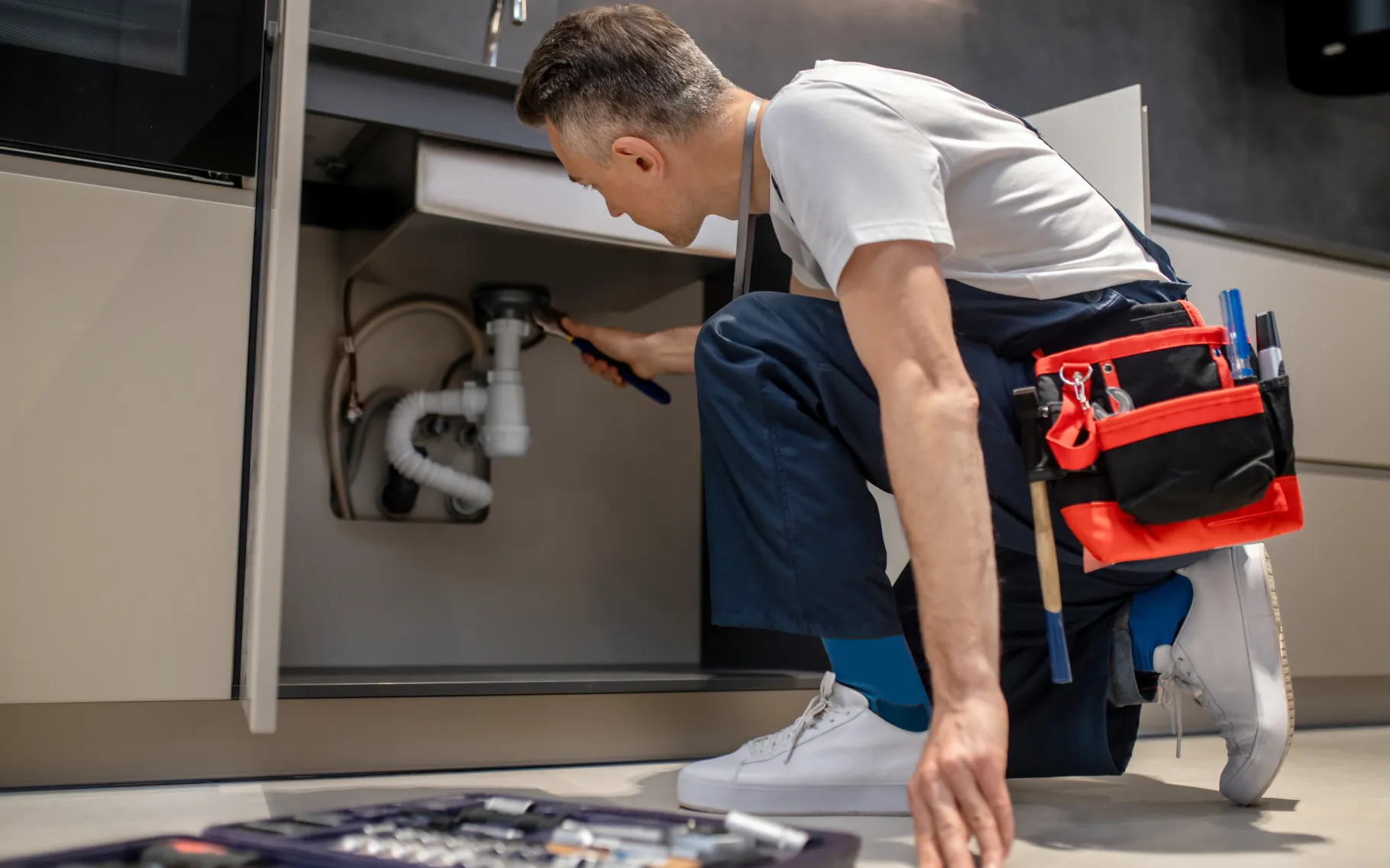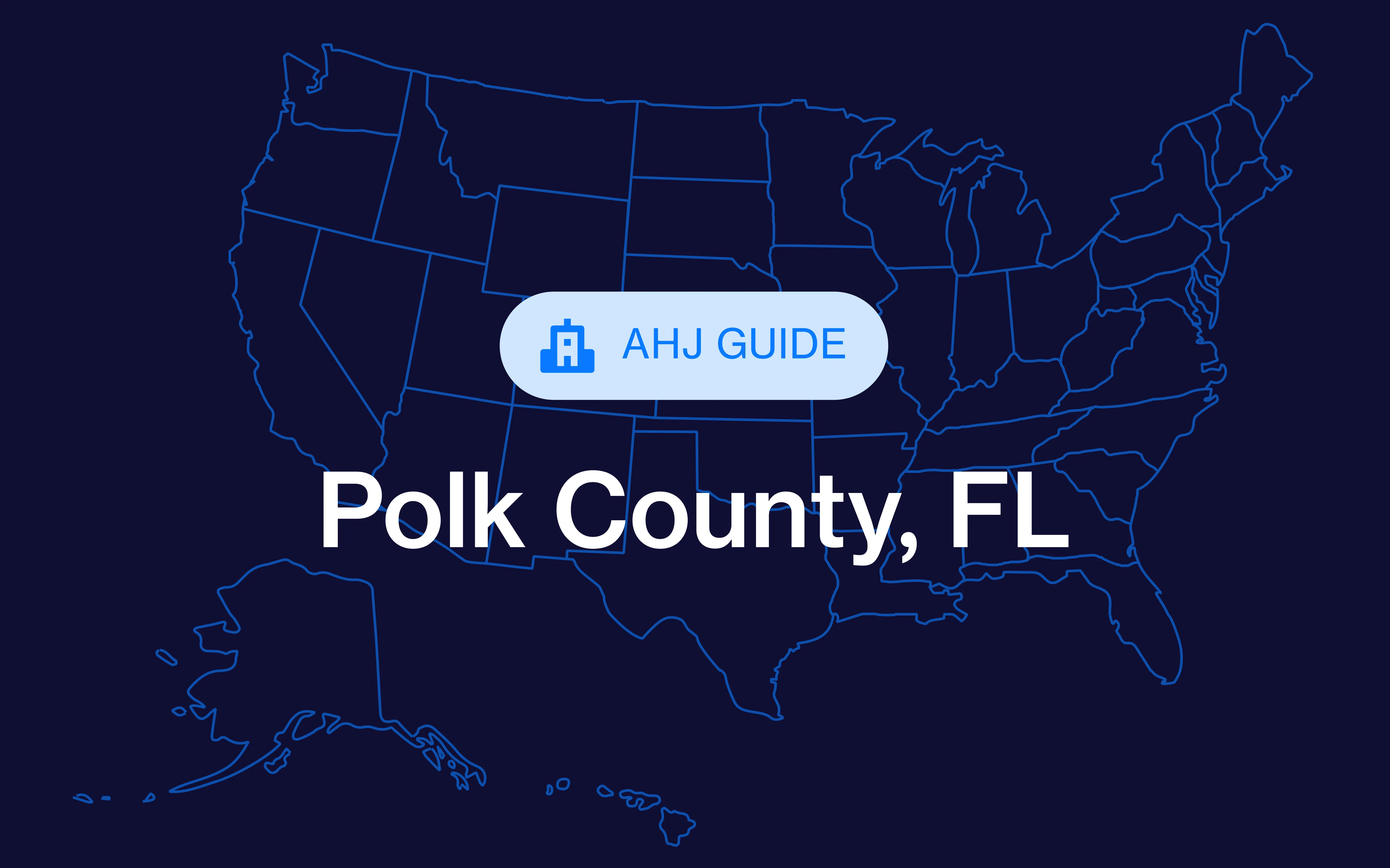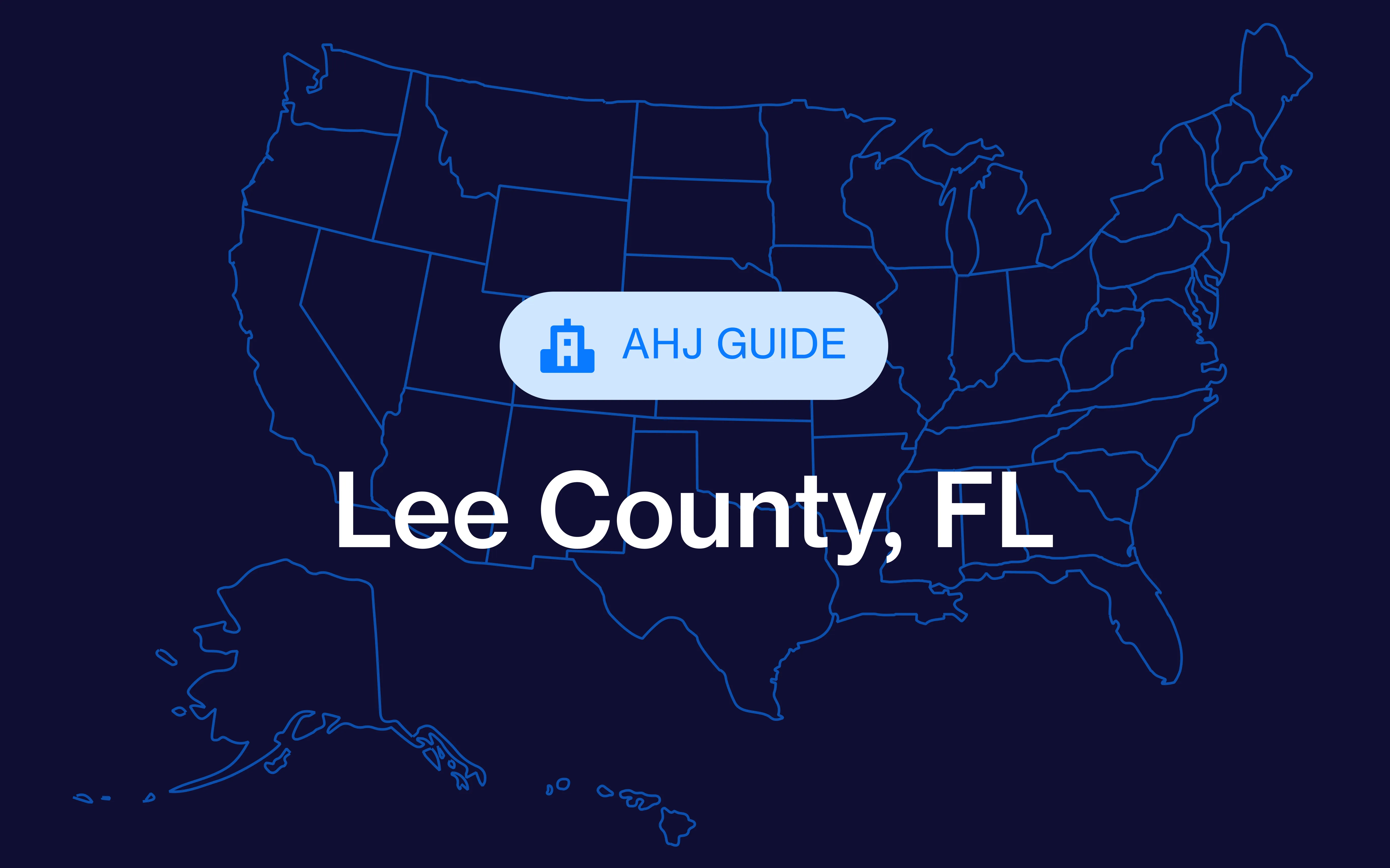Pulling a plumbing permit shouldn’t feel like wrestling with a stubborn clean-out. For pros who spend their days soldering copper and re-piping bathrooms, it’s the permitting paperwork — not the pipe work — that too often clogs your schedule.
Below, you’ll find a field-tested guide to plumbing permits: clear cost breakdowns, the documents inspectors actually check, and proven shortcuts for speeding approvals so you can keep projects moving, not stuck in red tape.
Pull plumbing permits faster with PermitFlow. Learn how.
When you need a plumbing permit
Most residential plumbing work that involves altering an existing system, adding new lines, or affecting any public water or sewer connections will require a plumbing permit from the local authority having jurisdiction (AHJ).
Local permitting codes vary, but permits are generally required for the following types of jobs:
- Installing or relocating water supply or drain lines
- Sewer line installation or replacement
- Water heater installations or upgrades
- Bathroom or kitchen remodels involving plumbing relocation
- Installing new plumbing fixtures in areas without existing hookups
Essentially, if the work you’re doing impacts the building’s plumbing infrastructure or public utilities, you’ll most likely need a permit. You don’t want to skip the permitting process — this can result in failed inspections, project delays, or legal penalties. At the absolute worst, an unpermitted job can affect both public health and safety.
When you might not need a plumbing permit
Some plumbing projects are small enough that they don’t require formal approval from the government. Most municipalities allow minor repairs or direct replacements without the need of a permit.
Some other work that might not need a permit includes:
- Replacing existing fixtures (like toilets, faucets, or showerheads) without changing the plumbing
- Unclogging drains or repairing leaks without opening walls or modifying pipes
- Installing appliances like dishwashers if they’re connecting to already existing plumbing hookups
Always double-check with your local building department whether or not you need a permit. Some cities may require permits for projects that other towns consider minor. It’s always better to verify first, instead of receiving a stop-work order in the middle of a project.
Find permitting information for your local municipality. Check out PermitFlow’s Municipal Guides.
Common plumbing permit costs
Plumbing permit fees vary widely depending on the scope of work and where you’re located. Below, we list a wide range of possibilities of pricing. For more accurate estimates, check with your local permitting office.
Other cost considerations:
- Re-inspection fees: If you don’t pass an inspection the first time, some permitting offices may charge you a fee for another inspection.
- Administrative fees: If you have to amend a plumbing permit application, you might be charged an additional fee.
- Reapplication fees: If you don’t complete your project by a certain deadline or you fail to have an inspection by a certain date, you may be required to reapply for a new permit, which can add to your costs.
Plumbing permit requirements
To pull a plumbing permit, municipalities typically require some key information about your project.
Here’s your plumbing permit checklist — aka what the city wants before it rubber-stamps your job:
- Detailed scope of work
- Spell out exactly what you’re fixing, replacing, or adding, and pinpoint where on the property it’s happening.
- Site drawings or plans
- If you’re rerouting drains or punching in new supply lines, show it on a plan so reviewers can trace every pipe in seconds.
- Property address and owner information
- Permit clerks need a direct line to whoever signs the checks. Include the full address and owner contact info.
- Licensed contractor information
- Drop your plumbing license number, insurance proof, and company name so there’s no question you’re the pro on record.
- Estimated cost of the work
- The local building department might use your cost estimate to calculate fees — list it upfront and avoid back-and-forth recalculations.
- Inspection game plan
- Most plumbing permits require at least a rough-in and final inspection. Schedule them early to keep your timeline on track.
Who can pull the plumbing permit?
There are commonly three parties that can pull a plumbing permit, depending on the municipality.
They are:
- Licensed plumbing contractors: These individuals are most commonly the ones to pull a plumbing permit, as they have licensure and insurance to do so.
- Plumbing company business owners: Business owners can typically pull permits for plumbing projects their company is overseeing.
- Homeowners: In some municipalities, homeowners are allowed to complete DIY work, but with limitations and liability risk.
Take the stress out of pulling plumbing permits with PermitFlow.
Save time and get your permit in hand faster. Learn how.
How to get a plumbing permit
Pulling a plumbing permit requires the right paperwork, timing, and local knowledge. Whether you’re replacing a water heater or running all-new supply lines, here’s what the typical process looks like:
Step 1: Check local plumbing permit requirements
Every jurisdiction sets its own rules around what plumbing work requires a permit. As a general rule of thumb, assume that any work that modifies or installs new supply, waste, or gas lines will require one — but minor repairs might not.
To be sure, check your city or county’s building department. Alternatively, you can use a permit management tool like PermitFlow that will research requirements for you.
Step 2: Gather required documents
Before you apply, make sure you have everything the AHJ (authority having jurisdiction) will ask for.
Common requirements include:
- Project description and scope of work
- Plumbing fixture layout or riser diagram (especially for new builds or commercial jobs)
- Site plans for new construction or additions
- Contractor license and insurance
- Manufacturer specs or cut sheets for installed equipment (e.g. tankless water heaters, backflow preventers)
Missing documents are one of the biggest causes of delay, so cross your T's and dot your I's before submitting.
Step 3: Submit the application
Most municipalities offer online permitting portals, though some still require in-person or emailed submissions.
If you’re managing multiple projects across different cities, PermitFlow can help you submit and track plumbing permits in one place.
Step 4: Pay plumbing permit fees
Plumbing permit fees depend on the type and size of the project, the number of fixtures, and local fee structures.
For example:
- Residential bathroom remodel: $100–$300
- Water heater replacement: $50–$150
- Full plumbing install (new build): $500+
Some jurisdictions may charge per fixture, or include additional plan check or inspection fees.
Step 5: Get approved and schedule inspections
Approval timelines can range from same-day (for minor repairs) to several days or weeks (for larger plumbing systems). Make sure all forms are correct and complete to avoid rework or delays.
Most jurisdictions require plumbing inspections at one or more of the following stages of work:
- Rough-in inspection (before walls are closed)
- Gas pressure test, if applicable
- Final inspection once the system is complete and fixtures are installed
How to pull plumbing permits faster — and why it benefits contractors
Waiting for permit approvals can grind a plumbing project to a complete standstill. Delays impact not only the momentum of your project but also client satisfaction and your profit margins.
Here are a few tips for how you can streamline the plumbing permit process:
Tips for faster plumbing permit approvals
- Use permit management software
- Permit management software puts every application in one dashboard and tracks its status — no more digging through email threads to see what’s holding you up.
- Ensure complete documentation
- Fill every field, attach every plan, and spell out the scope so clearly that reviewers can’t raise a single RFI. Good permit management software even flags missing pieces before you hit “submit,” saving weeks of back-and-forth.
- Pre-schedule inspections
- Know your timeline? Reserve rough-in and final inspection slots now. Your crew keeps working, the schedule keeps moving, and you’re not stuck waiting for the city truck to roll up.
- Build relationships with government officials
- A friendly rapport with permit clerks and inspectors turns gatekeepers into allies, which is priceless when you need a rush review or same-day re-inspection.
Benefits of streamlining your permitting process
- Avoid project delays
- A week-long delay in the permit approval process can snowball into lost labor time and missed deadlines.
- Increase client trust
- Homeowners are more confident in contractors who keep projects moving
- One-up the competition
- Faster turnaround means you can take on more jobs in less time. This can help grow your revenue potential and give you a leg up against the competition.
- Avoid fines or redos
- Work done without proper permits may require you to scrap it and redo it correctly — or worse, incur costly penalties that can cut into your profit margin.
Pull plumbing permits faster
Plumbing permits aren’t just red tape — they protect your work, your client’s property, and your reputation. Know when and how to pull them, and you’ll move projects faster while keeping cash flowing.
Ready to unclog your permitting process? Book a quick call with a PermitFlow expert and get your next permit green-lit in record time.








